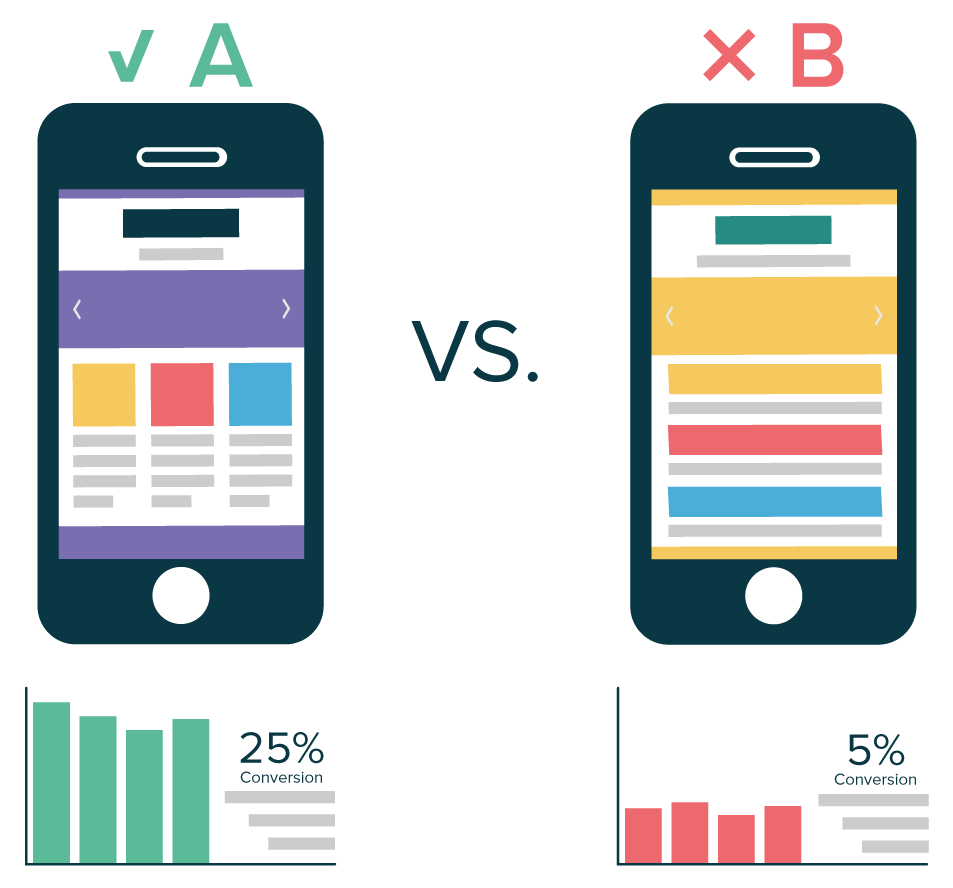A business is more than a product. Think of any brand name company or ecommerce website- many offer an array of products and multiple product lines. Apple doesn’t just have the iPhone, they sell all the accessories, plugs, and adapters as well as vertical integrations such as computers and tablets. They even offer television services, and they’re creating their own version of Netflix.
The reason for Apple’s vast array of products is because product diversification is one of the strongest ways for companies to grow and strengthen. Businesses simply cannot last on a single product.
So how exactly do product line expansion and diversification help grow your ecommerce business and increase conversions? We’ve listed 6 key ways below. For more tips, read our complete guide to conversion optimization.
1. Minimizes risk
Almost every product has a shelf life, and that goes for ecommerce businesses too. There are four “stages” of the life cycle of a product: introduction, growth, maturity, and decline.
The launch is exciting and is often followed by a surge of sales, but at some point, the product will wear itself out. This decline could happen for a variety of different reasons – maybe it saturated the market, maybe there’s no longer a need for the product, or perhaps it’s been replaced by upgraded or improved products. When sales start to drop, the chances of your business surviving becomes slim to none.
Even those ecommerce products that don’t have a shelf life, like commodities such as toilet paper or toothpaste, have a “max cap”. People will always need the basics, but that also means there will always be competitors for those products. The next trendy organic toothpaste is just around the corner, and researchers will be figuring out how to make extra-comfort recyclable toilet paper. These trends and innovations will always pose a risk to pushing your basic products out of business
No product is immune to death.
2. Increases market share
With more products, you have the ability to reach a greater audience and purchasing market. This gives you a deeper and greater hold on your current market, while also opening up to a fresh audience as well.
For example, you sell a line of sunglasses on your ecommerce site. You have loyal customers who love your sunglasses, but they only buy one pair per year. Now, let’s say you introduce sunscreen and hats as well. Your customers who have been buying sunglasses from you for years already believe in your brand, so they start to buy your sunscreen and hats as well. Now, not only are you selling more to your current customer base, but you’re also reaching a new market who is looking to switch brands of sunscreen or someone that needs a more protective hat for the beach.

This expansion in product lines on your ecommerce site ultimately allows you to make more sales in the long-term, increasing your conversions and revenue. Before increasing your market share, you must understand your customer and the market itself. Without knowing the demographics of your business’ customer, you won’t be able to assess where you stand in the market and what products your target demographic needs.
3. Improves credibility
The larger and more loyal your audience is, the greater your credibility will be. At that point, you are known for your brand, instead of the products that you sell. Furthermore, the more products you have and the more customers you sell to, the greater your company’s credibility.
The snowball effect takes over at this point. When you gain brand awareness, you get more reviews, and your rank will increase. If your customers are satisfied, your credibility will increase. More visitors and sales will also boost your SEO on Google and Amazon, which can further enhance your visibility.
The more visible your company is, the more people will remember it and think of it as an upstanding brand. The more people that think of you as an upstanding, credible brand, the more likely that those people will enter your sales funnel, leading to a higher conversion rate.
4. Boosts customer loyalty
Customers have greater opportunities to engage with your brand if you offer more products. This increased level of engagement leads to repeat purchases, improved social proof, and enhanced customer loyalty.
Product diversification helps you retain your current customers by offering them new, exciting parts of your brand. This not only increases your revenue, but it also decreases costs. Keep in mind that customer retention is significantly cheaper than customer acquisition.
It also allows you to offer more products that your customers are demanding. You can find out what they want and then offer them those products. For example, your sunglass customers are constantly telling you that they wish they had bathing suits that matched your sunglasses. If you start selling matching bathing suits at this request, you are showing that you are concerned with the wants and needs of your customers while tapping into a pre-existing demand for a demographic you are already established in.

Remember that customer needs are always changing—which means your product line should always be changing as well. What you don’t want to change is your brand, which is what customers are loyal to.
5. Meets customer needs
In some cases, product diversification is as simple as offering product variations. For example, you could offer the same t-shirt in multiple colors. Or you could have a variety of essential oil scents. This gives your customers more options, so you’re more likely to offer the product they’re looking for.
For example, you sell a t-shirt in red and blue. But your customer is looking for a green t-shirt. They’ll go to a competitor to find your t-shirt in green. But if you offer a wider assortment of product variations, your customers are more likely to find what they’re looking for. This means increased conversions and happier customers.
6. Helps SEO ranking
Purchasing patterns are born in routine. Customers are used to Google and Amazon directing them to exactly what they’re looking for. Think about how often you go past page one on their search results pages – not very often, right?
The first page is credible because that’s where customers find what they need, you want to get as high on that first page as possible so that your potential customers can find you more easily. The more products you have, the more search results you will show up in and the more potential customers you can reach. The more potential customers you reach, the greater the chance you can get on that first page.
More products also means more product reviews. More reviews (especially good reviews) make you look more credible to search engine algorithms. Furthermore, product reviews come from trusted sources – unbiased customers. Potential customers trust a review more than they trust an ad or product listing because the reviewer doesn’t profit from writing the review. Learn how to get more positive product reviews here.
Check out G2Crowd and TrustRadius if you are a Software as a Service company for an in-depth look at software-specific reviews that help get to the source of what your customers need.
How to diversify
Here are some of our top tips and tricks to make your product diversification efforts a success:
- Do your market research first. Make sure you are making products that your customers actually want or need.
- Work with your partners to see if there are any products that are natural shoot-offs. Your partners might have ideas about what their customers are asking for, opening doors for you to step in to deliver.
- Conduct thorough competitive analyses. Focus on markets with low competition and, high potential.
- Create a unique value proposition for every product extension. No product is standalone. You still need to run a thorough analysis of the product to make sure it has a unique selling point that will place it competitively in the market.
- Compare your products. Make sure that each addition to your product portfolio makes sense with your brand.
- Consider the sales and distribution channels that you’ll use for the new products. They may be unique from your other products depending on the target market segments.
- Be careful of resource allocation. Make sure that you don’t neglect your current products as you launch new products.
Conclusion
Product diversification is one of the strongest ways to increase conversions and sales on your ecommerce webiste, as it creates new avenues to engage with your current audience while encouraging greater brand visibility and awareness. Increasing conversion largely relies on getting your brand in front of more of the right eyes, not just more eyes.
Product expansion isn’t just for large corporations. You don’t have to own a large corporation to benefit from expansion. If you want to turn your online store into a long-term ecommerce business, it’s time to move from selling products to selling a brand. What kind of products and lifestyle does your brand offer?








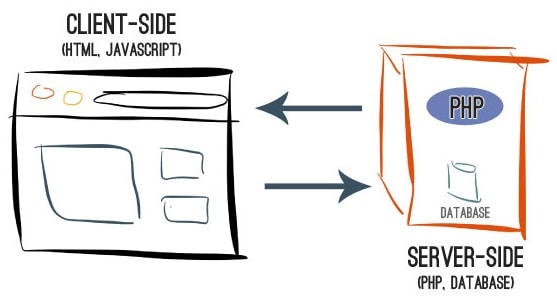


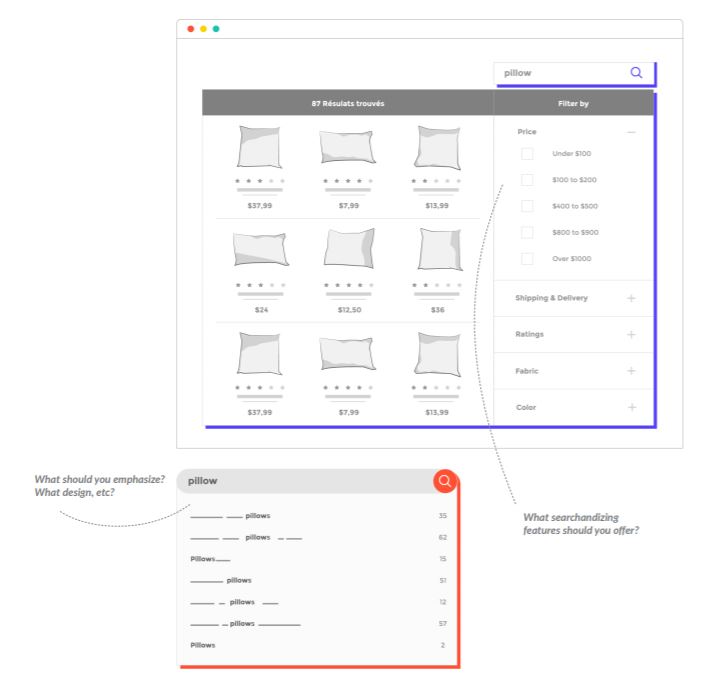
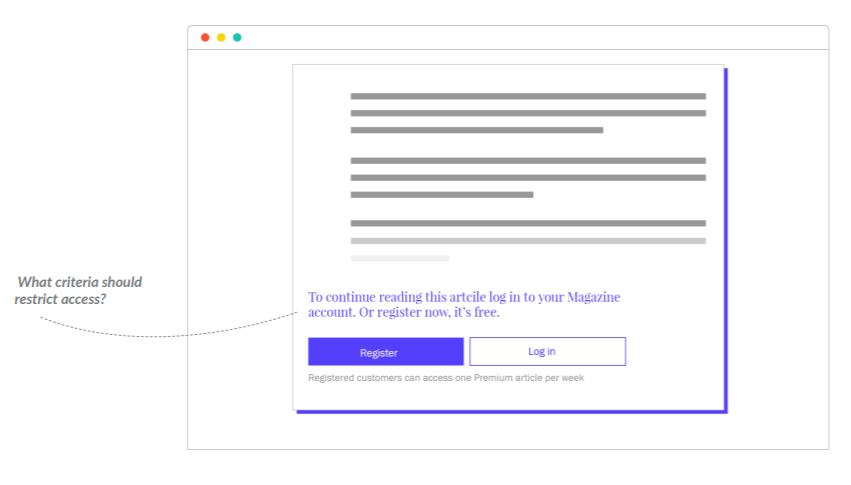









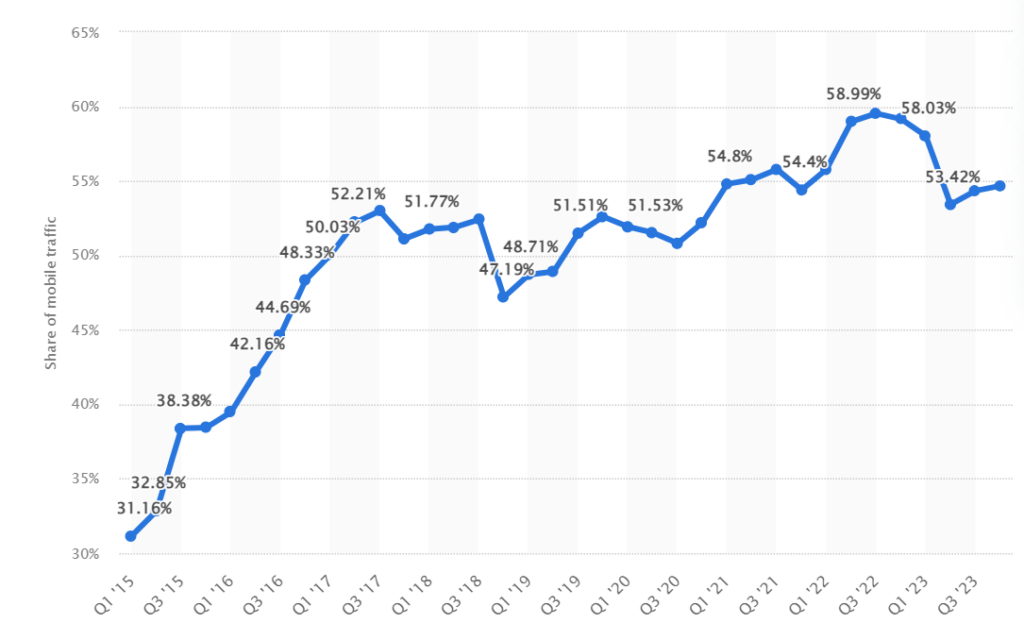
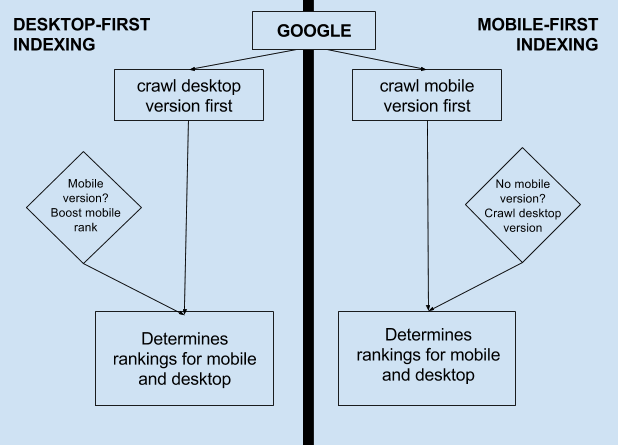


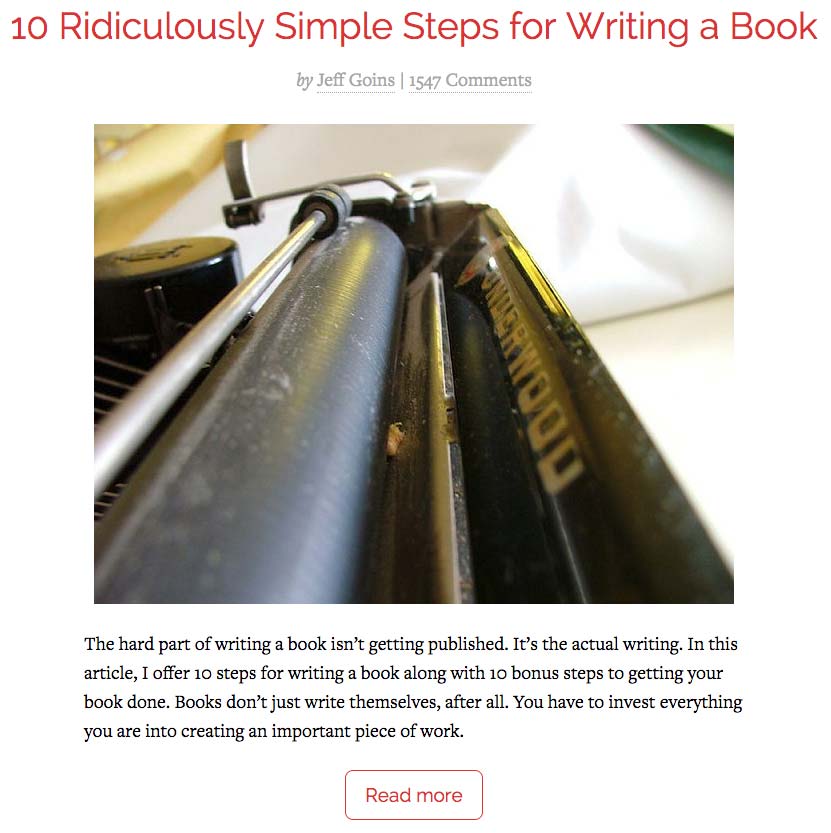

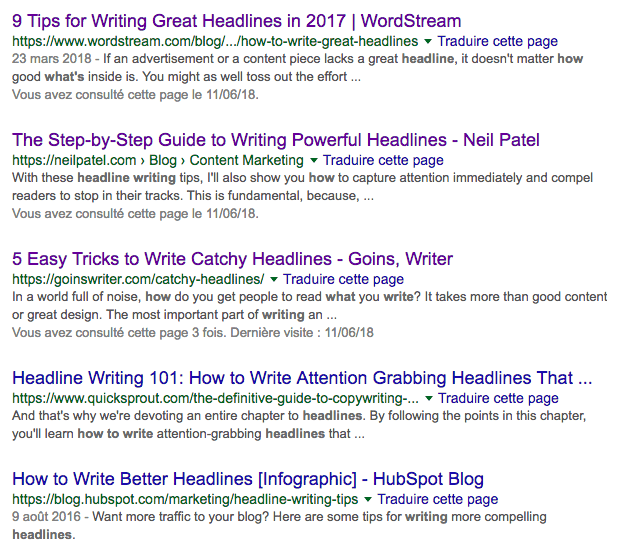


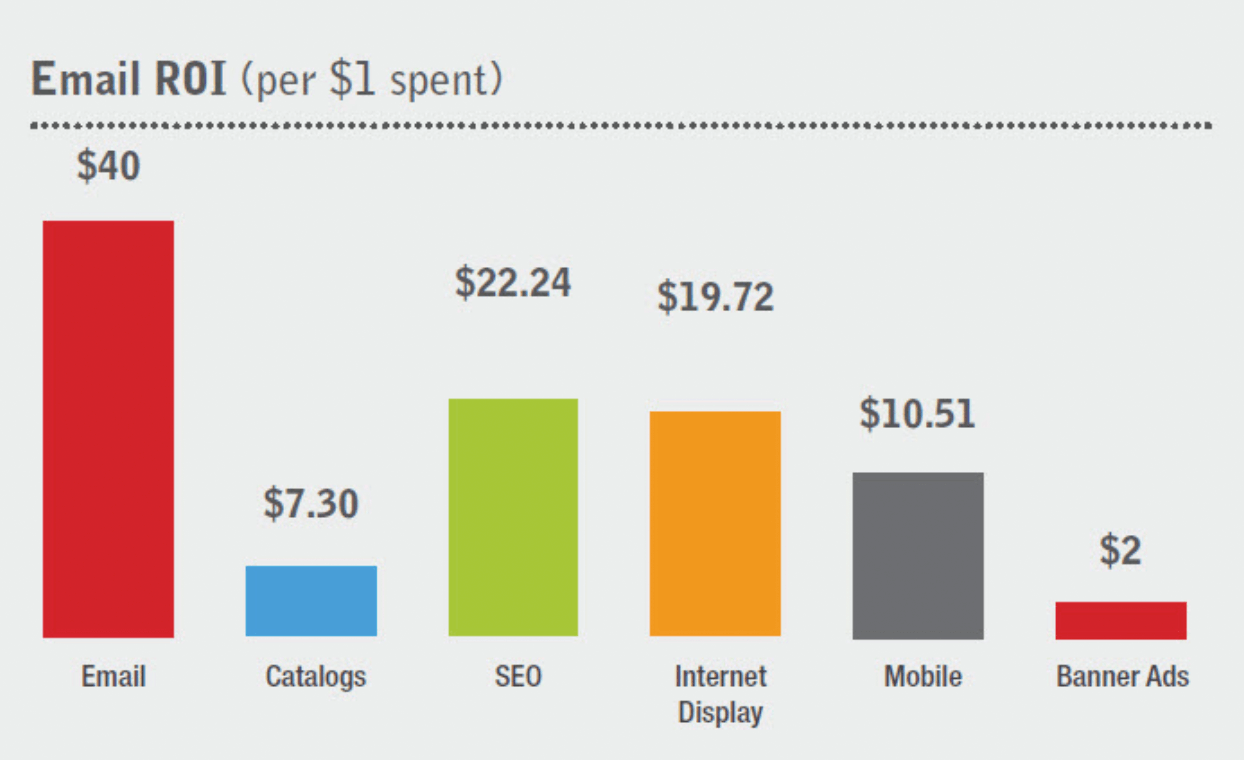

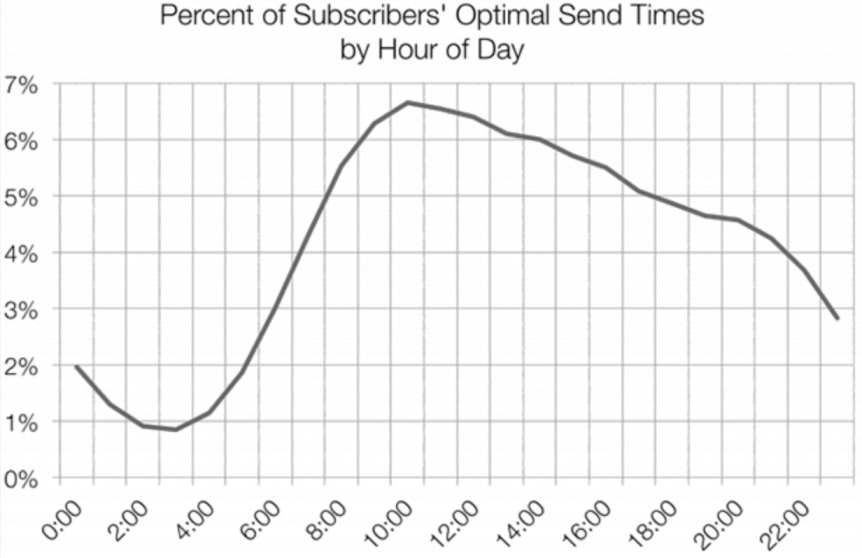
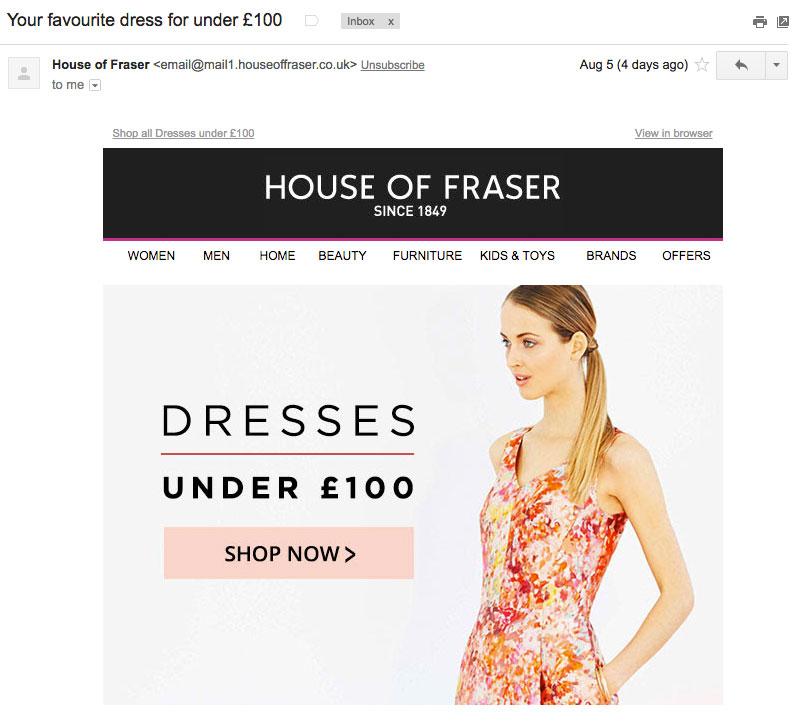






 Using the same quantitative approach, surveys and online questionnaires are a cheap, quick and semi-reliable way to gather feedback on your product.
Using the same quantitative approach, surveys and online questionnaires are a cheap, quick and semi-reliable way to gather feedback on your product.